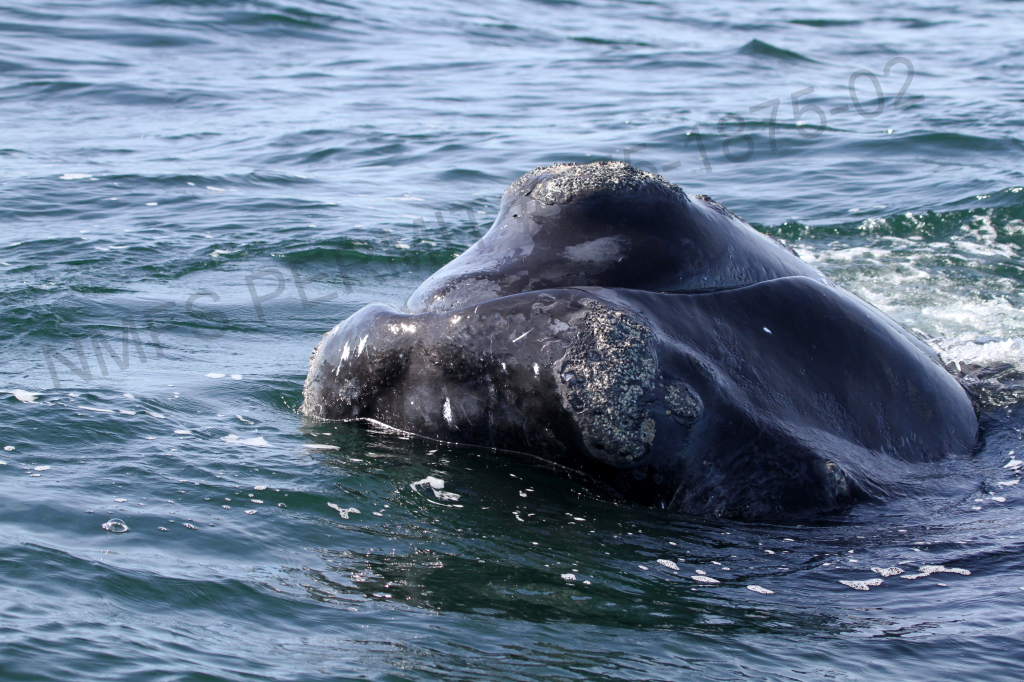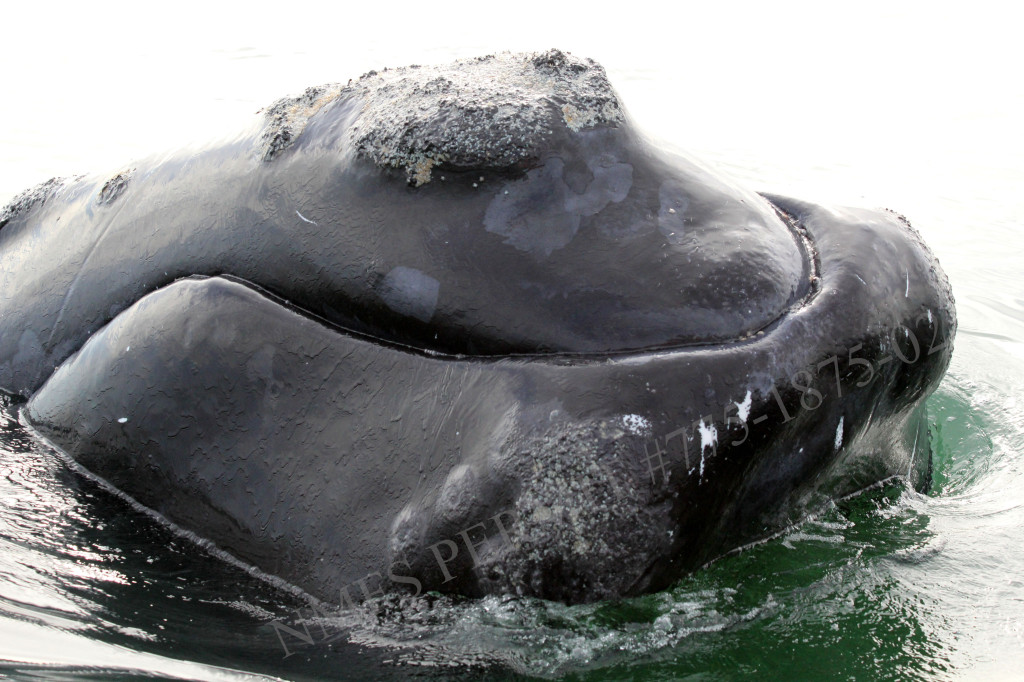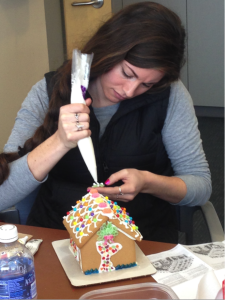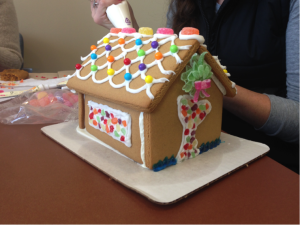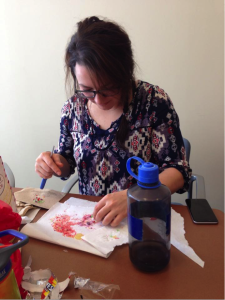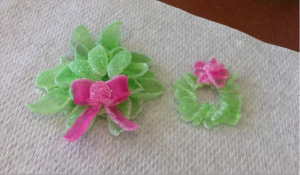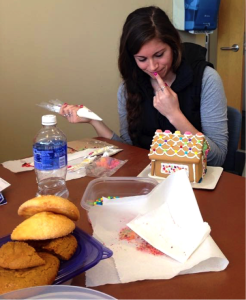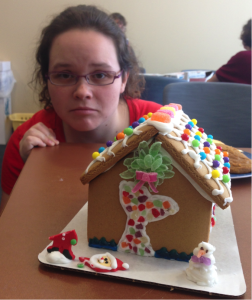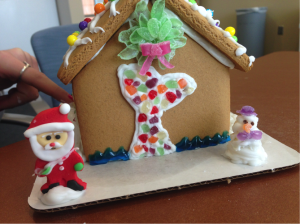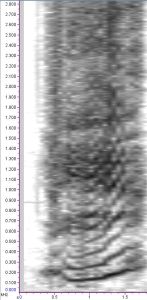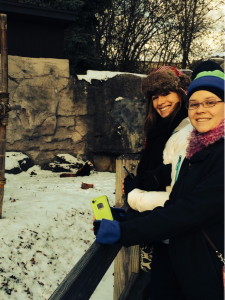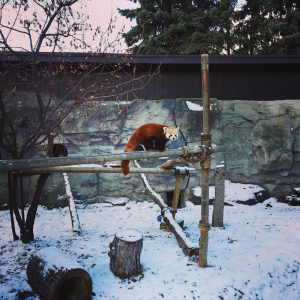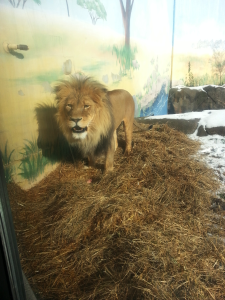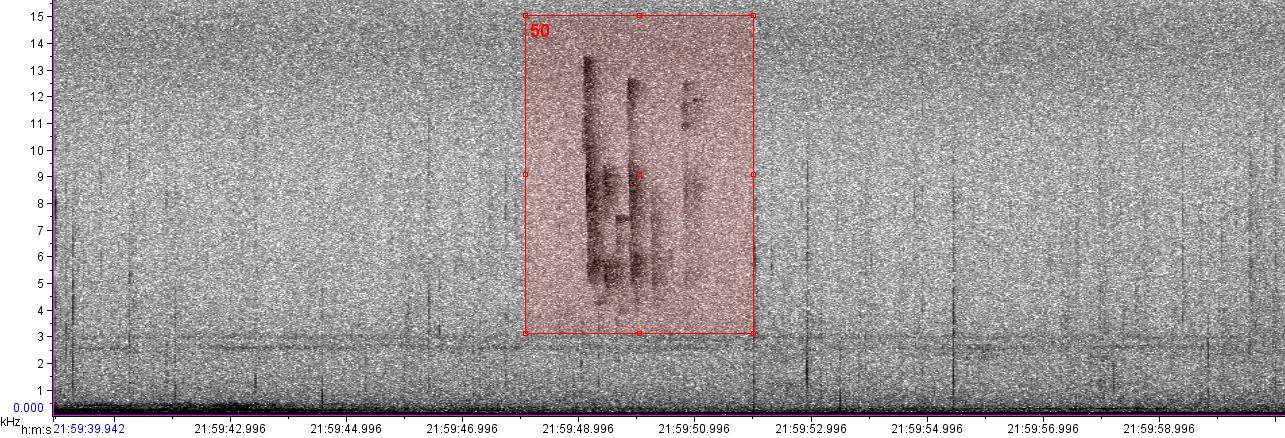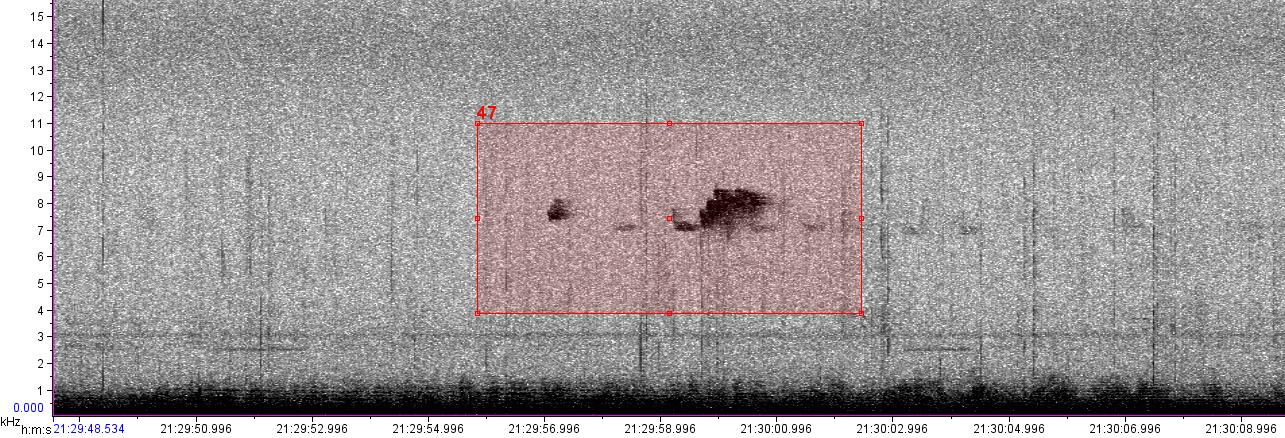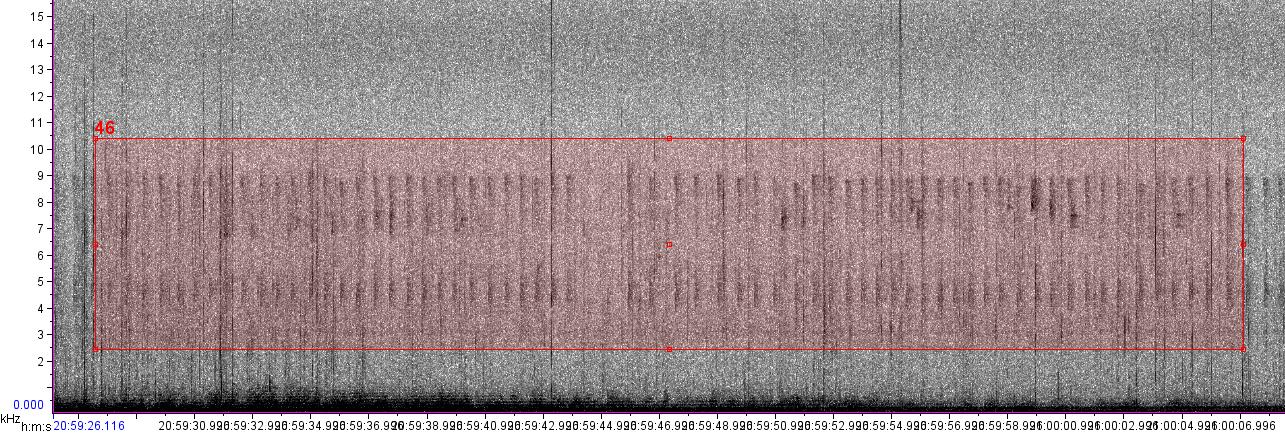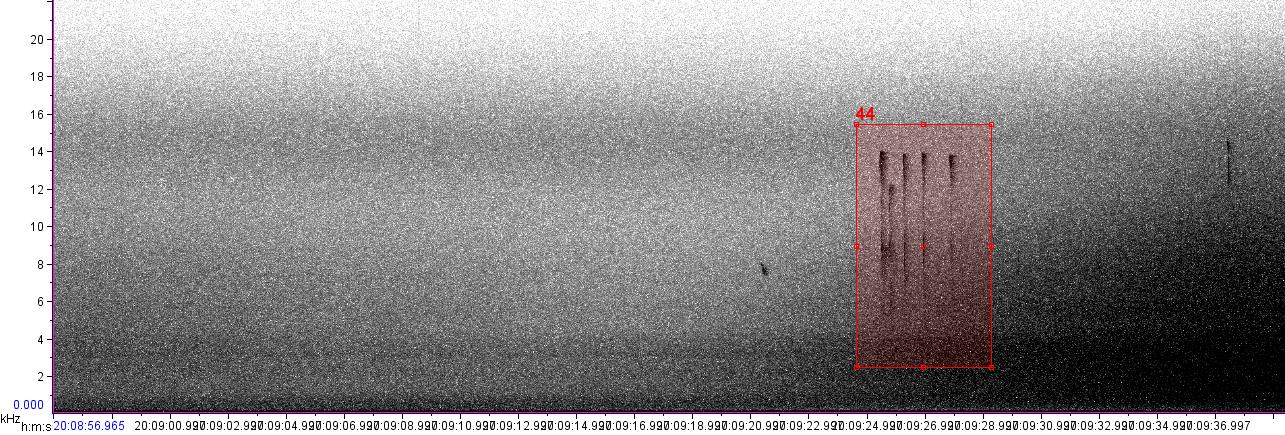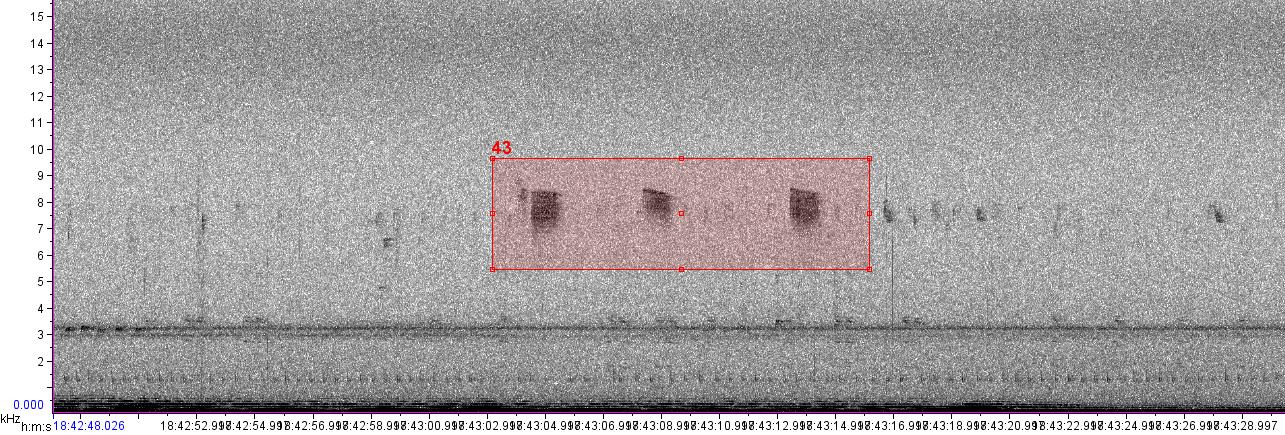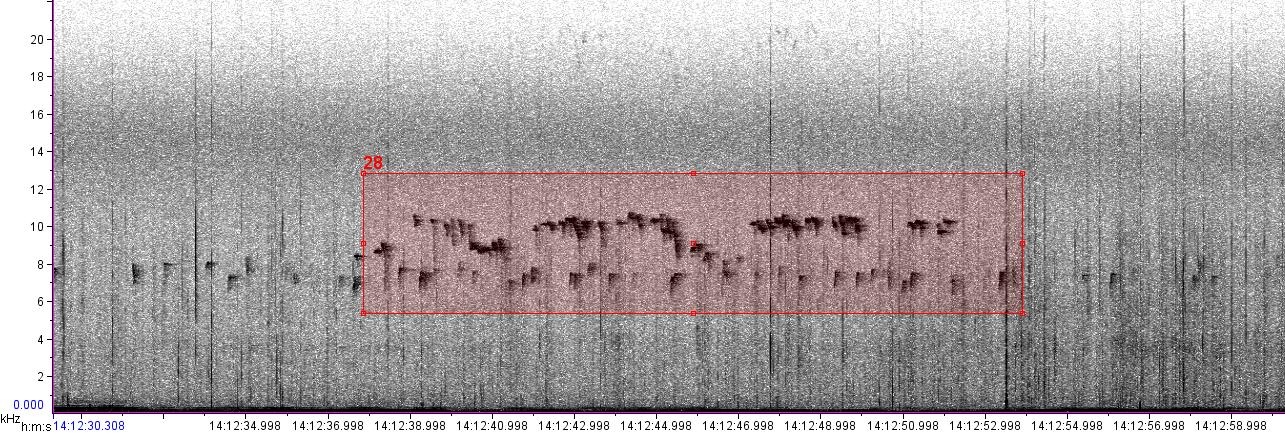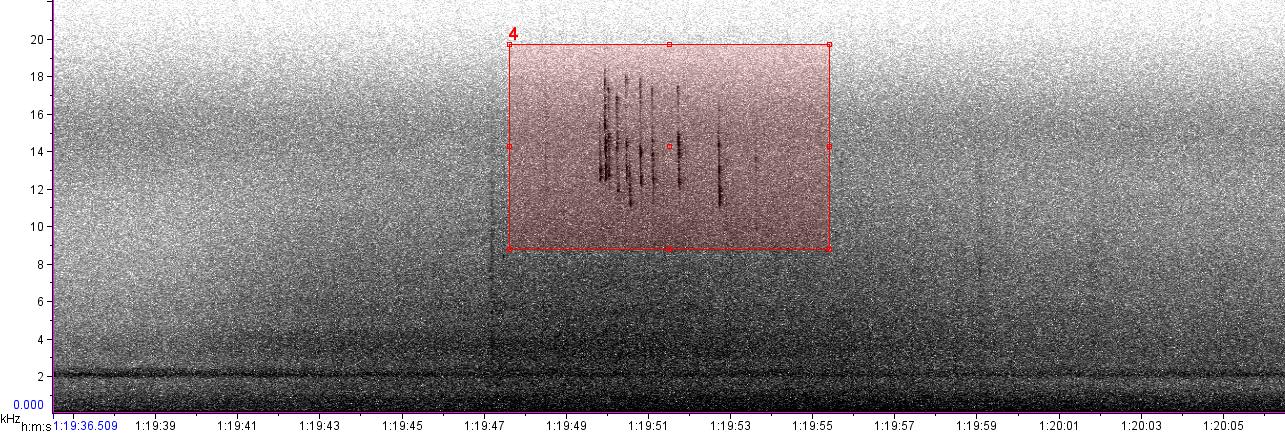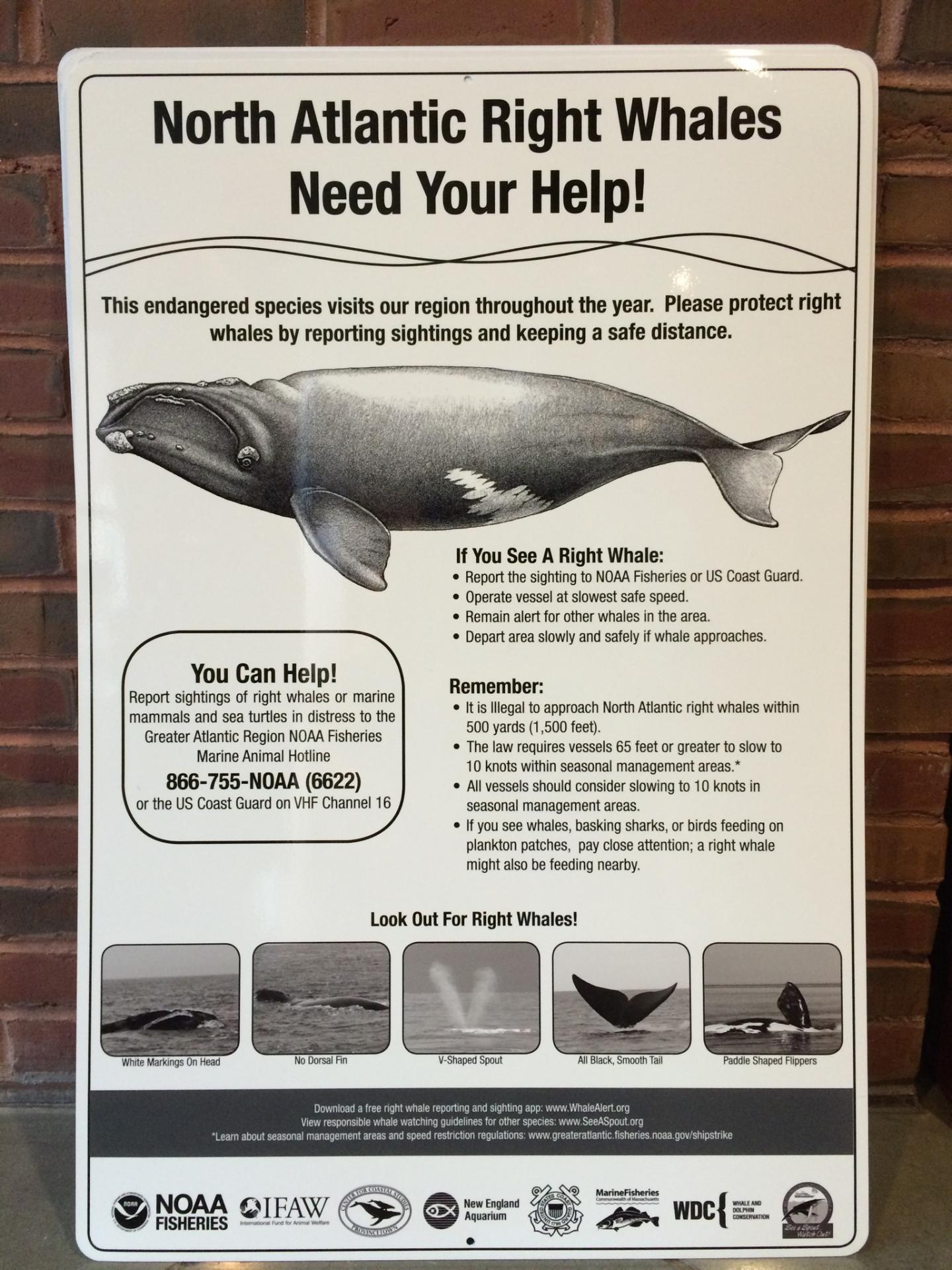Time for another mom update, filled with info from the New England Aquarium right whale catalog and the North Atlantic right whale DNA Bank at Trent University. Thanks to these organizations, and the funding of NOAA Fisheries, we can look up the information on all of these moms using freely available, online resources. Here is some info on the moms so far in 2015:
#1604: while we don’t know her exact age, this female is over 29 years old. We also don’t know anything about her mother or father. This is her 5th calf.
#1701 (Aphrodite): a 28 year old female, her mother is #1219 who died in 1989. This is Aphrodite’s 6th calf.
#1703 (Wolf): also 28 years old, her mother is #1157 (Moon) and her father is #1516. This is Wolf’s 4th calf.
#2145: a 24 year old female, her mother is # 1145 (Grand Teton) and her father is #1150 (Gemini). This is her 5th calf.
#2605 (Smoke): a 19 year old female, her mother is #1705 (Phoenix, whom we followed here in the southeast with her 2012 calf) and her father is #1227 (Silver). Phoenix has a very interesting story, with her mother genetically #1151, but behaviorally #1004. See the Frasier et al. 2010 paper “Reciprocal Exchange and Subsequent Adoption of Calves by Two North Atlantic Right Whales (Eubalaena glacialis)” for more on her story. This is Smoke’s 3rd calf.
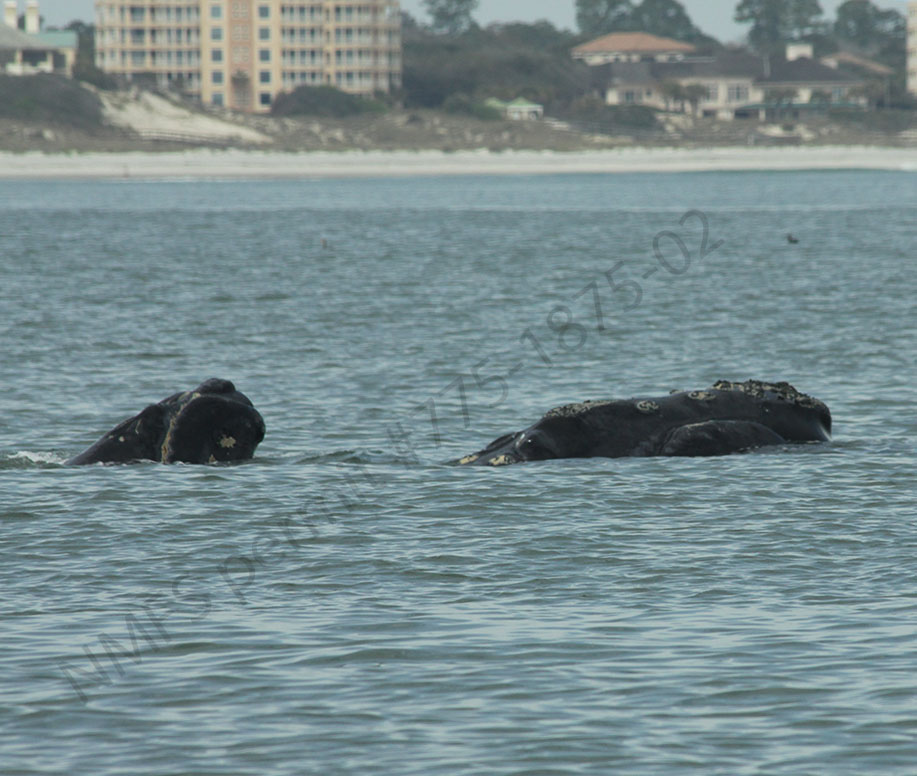
#3646: a 9 year old female, her mother is #1946 (whom we followed with here in the southeast with her 2013 calf). Her maternal grandmother is #1246 (Loligo) and her maternal grandfather is #1037. This is her 1st calf.
That’s all for now, but hopefully I will have more moms to report on soon!
